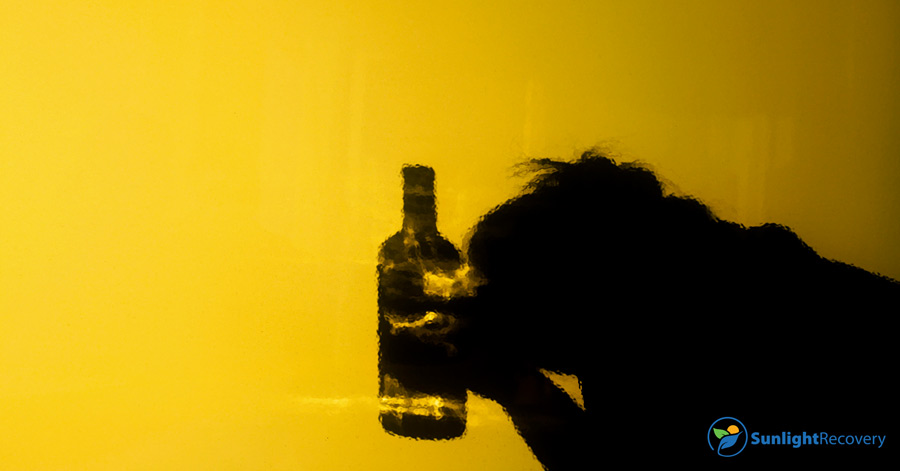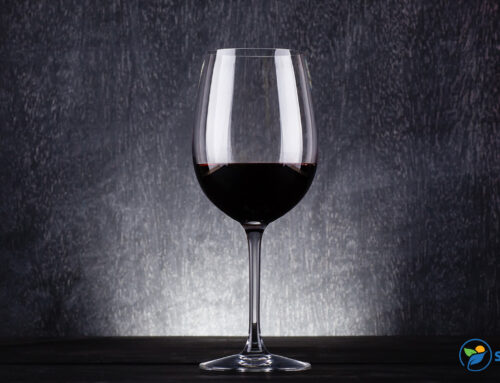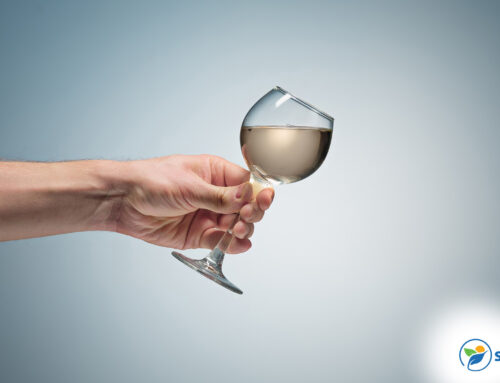It’s easy to miss some of the early signs of drinking problems. Alcohol and its use is fully ingrained into our culture and activities — it’s not always easy to see when someone is abusing it in unhealthy ways. We drink to celebrate birthdays, we drink at weddings and in many places around the country, you can’t drive two miles without passing a liquor store.
Binge drinking, which is loosely defined as consuming four or more drinks (for a female) or five or more drinks (for a male) in about two hours, is a commonly seen occurrence. College parties, bachelor parties and nights at the local dance club often include binge drinking as an acceptable practice. This is despite how unhealthy it is and how quickly it can lead to alcoholism.
According to the must recent data gathered by the National Institute on Alcohol Abuse and Alcoholism, in 2019, 25.8% of drinkers aged 18 and older had engaged in binge drinking in the past month. Another study shows that more people drank during the COVID-19 pandemic and lockdowns than they had pre-COVID. A striking 60% of participants reported increased drinking for reasons that included increased stress (45.7%), increased alcohol availability (34.4%) and boredom (30.1%).
What is Alcoholism?
Alcoholism is defined by your body’s dependence on alcohol to the point that there you are physically unable to stop drinking. Alcohol withdrawal becomes increasingly acute the more you drink, and if you abstain, you’ll start to experience symptoms such as agitation, hot flashes, increased heart rate, nausea, increased blood pressure and “the shakes” until you get another drink.
What Are the Signs of Drinking Problems in Others?
If your friend or loved one starts to develop a drinking problem, you’re likely to see it before they do. Signs such as increased drinking, driving while intoxicated, binge drinking and other red flags can be easy to spot if you’re paying close enough attention.
What Are the Warning Signs You Are An Alcoholic?
Have you ever wondered, “How do I know I’m an alcoholic?” To start, you can take a look at your alcohol consumption on a daily basis.. In the study concerning pre-COVID drinking levels, participants who drank more during the pandemic reported consuming more drinks per day and drinking a greater number of days during the week. This is one of the early warning signs to watch out for.
Here are some other red flags that might be signs of a drinking problem:
- A loved one or friend has approached you with concern about how much you drink. When those closest to us reach out in good faith with concern about our well-being, that can be a good reason to review our behavior and reevaluate our actions.
- You have been having a hard time meeting your responsibilities. Are you missing work or forgetting to pay bills? Are your grades suffering? Sometimes addiction makes it difficult to tend to the most important details of our lives. If your drinking is getting in the way of your everyday responsibilities, this can be a warning sign.
- Your relationships are becoming strained by your drinking habits. Have you lost friends or loved ones because of how you acted when you were drunk? Alcohol can cause behavioral shifts over time — you may find yourself more short-tempered or sensitive than you used to be when it comes to your relationships.
- You feel panicked if you can’t get a drink right away when you want one. If having to wait for a drink makes you feel panicked or anxious, that’s usually a red flag and a sign that you should seek help.
- You’ve felt so desperate for a drink that you have stolen alcohol or money to pay for alcohol. Sometimes addiction can make us do things we would never do otherwise. If you are making reckless decisions or your behavior is being affected by alcohol, these are signs of alcoholism that you should take seriously.
- Your health been impacted by your drinking habit. Have you been in the hospital for alcohol poisoning? Do you find it increasingly difficult to function without a few sips in the morning? Have you been diagnosed with liver disease? If your consumption of alcohol is taking a toll on your physical health and well-being, the time to get help is now.
Why Is It Difficult to Stop Drinking?
The cycle of alcohol addiction is fully supported by scientific research. There are three stages in the cycle and three regions of the brain that are affected as you move through these stages.
These three regions are the basal ganglia, the extended amygdala and the prefrontal cortex. They control incentive salience, negative emotional states and executive function, respectively. Incentive salience has to do with how our brain and body are motivated through reward cues like dopamine. The extended amygdala is involved in our emotional processing, and the prefrontal cortex controls things like balance, memory, speech and judgement.
When the brain experiences decreased function of these key areas of the brain for an extended time, it gets stuck in a cycle that perpetuates itself. Soon, the drinker needs increasing amounts of alcohol just to feel “normal”, as the brain becomes dependent on the substance and withdrawal starts to occur.
Importance of Seeking Help for Alcohol Addiction
Alcohol Use Disorder or AUD is more common than most people realize. Data from the National Institutes of Health shows that over 14.1 million U.S. adults suffer from AUD, and that number is steadily growing. Added to that, there are an estimated 414,000 adolescents between the ages of 12 to 17 who have AUD, affecting their lives, their families and their futures.
If you take an honest look at your life and admit that you may have a drinking problem, you should also know it’s something you can’t battle alone. Depending on the amount of alcohol you drink, your body could be physically dependent, requiring medical supervision to detox safely.
Let our compassionate team of counselors at Sunlight Recovery help you make the first steps on a path of healing. Contact us now as our staff is standing by 24/7 to help start your journey to recovery today.






